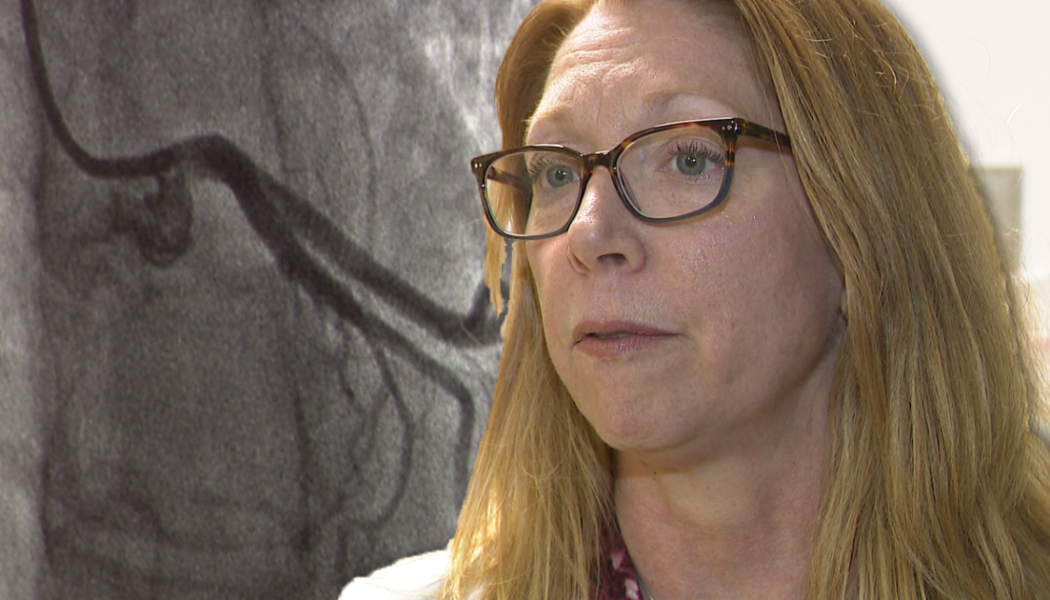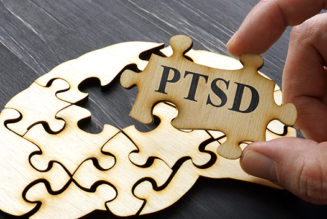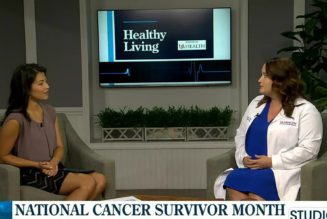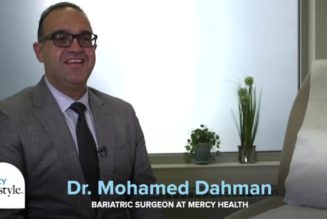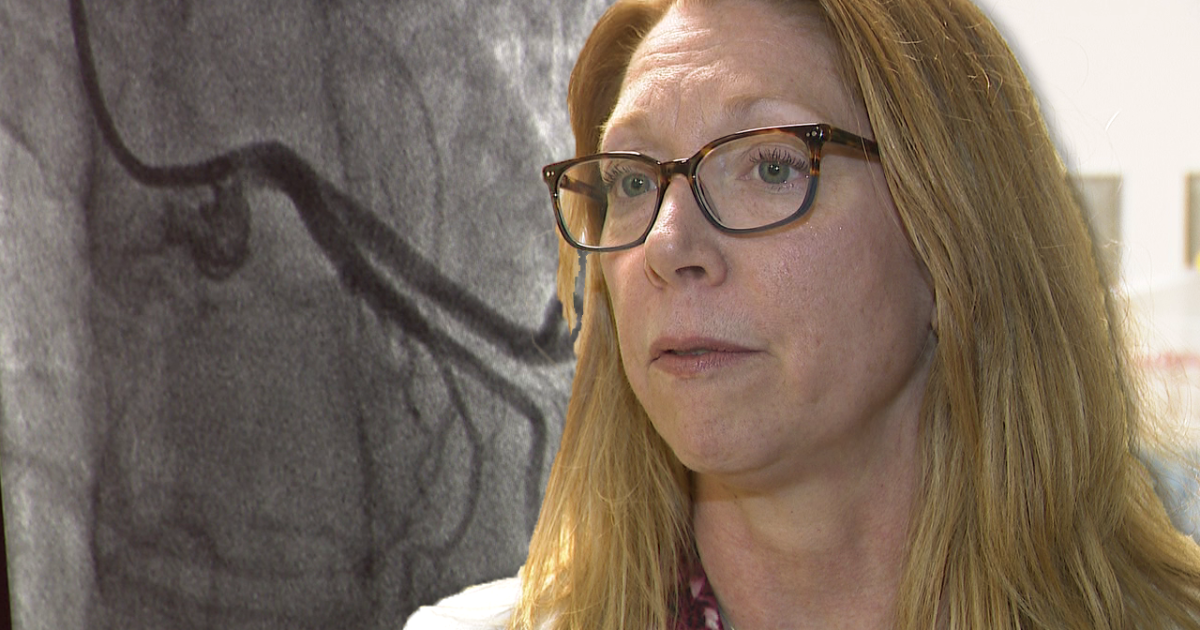
DENVER — Jennifer Harlan, a healthy 47-year old with no family history of heart disease, was a shocked five years ago when she went to the emergency room with what she suspected was a heart attack.
“I had typical heart attack symptoms. I was awakened in the middle of the night with pain down my left arm,” Harlan said remembering that night. “I had a bunch of tests run. Everything came back mostly normal, so I was sent home.”
When the same symptoms returned two days later, Harlan says she ignored them. But a few days later, things go worse, and she headed back to the ER.
“It was determined that I had been having a major heart attack for about the course of the last five days,” she said.
Harlan says she should have caught on to the severity of her plight sooner. She’s a nurse manager of the cardiac unit at Rose Medical Center and is usually the health care provider in these situations, not the patient.
“I spent years at the bedside lecturing patients who said that they had been having symptoms of heart attack for days and didn’t seek help,” she lamented, adding that once she was the one in the hospital bed, she understood things differently. “I realized how easy it is to convince yourself that you couldn’t possibly be having a heart attack.”
Dr. Sam Mehta is the director of the cardiac catheterization lab at Rose Medical Center and worked with Harlan for years before that heart attack.
He says Jennifer had what is known as a spontaneous coronary artery dissection, more commonly called a SCAD. Mehta says that without any discernible reason, there was a tear in one of Harlan’s arteries, decreasing the blood flow to her heart and causing the heart attack.
Cardiologists see more women suffering from SCADs than men, according to Mehta.
“It seems to occur around the time of menopause,” he said. “We’ve also noticed this happening at the time of childbirth. Whether this is due to a hormonal surge or not, we’ve yet been able to determine.”
SCADs are relatively rare, but Mehta says he is starting to see them more often as researchers discover more about the conditions leading to them. Still, he says it was somewhat shocking when Harlan ended up in the hospital with a second SCAD three years after her first.
“Jennifer experienced, in a milder situation, the exact same symptoms,” Mehta said. “The fact that we knew her history along with some other testing, we determined that by angiogram, she had SCAD for the second time in a different artery.”
“I knew what it was this time. I didn’t wait a week to seek help. I went to the emergency room immediately,” Harlan said.
Because she recognized the symptoms earlier, Harlan’s second heart attack was less serious than the first. She believes her lifestyle helped her survive both incidents.
“You may say, ‘Yes, healthy people can have heart attacks, too,’” she said. “But if you’re a healthy person, you’re more likely to survive it.”
Cardiovascular disease is the No. 1 killer of women, according to the American Heart Association. For ways to help yourself and your loved one, click here.
